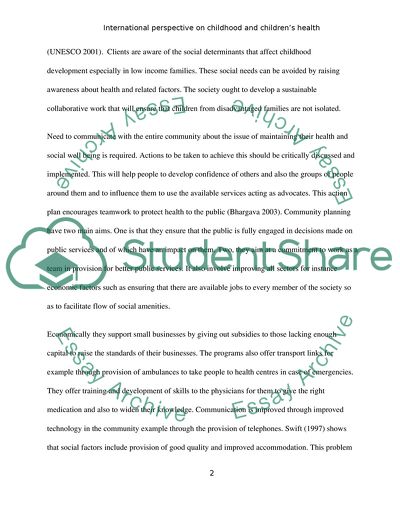Cite this document
(Introduction of Integrated Management of Childhood Illness Research Paper, n.d.)
Introduction of Integrated Management of Childhood Illness Research Paper. Retrieved from https://studentshare.org/health-sciences-medicine/1737155-international-perspective-on-childhood-and-childrens-health
Introduction of Integrated Management of Childhood Illness Research Paper. Retrieved from https://studentshare.org/health-sciences-medicine/1737155-international-perspective-on-childhood-and-childrens-health
(Introduction of Integrated Management of Childhood Illness Research Paper)
Introduction of Integrated Management of Childhood Illness Research Paper. https://studentshare.org/health-sciences-medicine/1737155-international-perspective-on-childhood-and-childrens-health.
Introduction of Integrated Management of Childhood Illness Research Paper. https://studentshare.org/health-sciences-medicine/1737155-international-perspective-on-childhood-and-childrens-health.
“Introduction of Integrated Management of Childhood Illness Research Paper”, n.d. https://studentshare.org/health-sciences-medicine/1737155-international-perspective-on-childhood-and-childrens-health.


